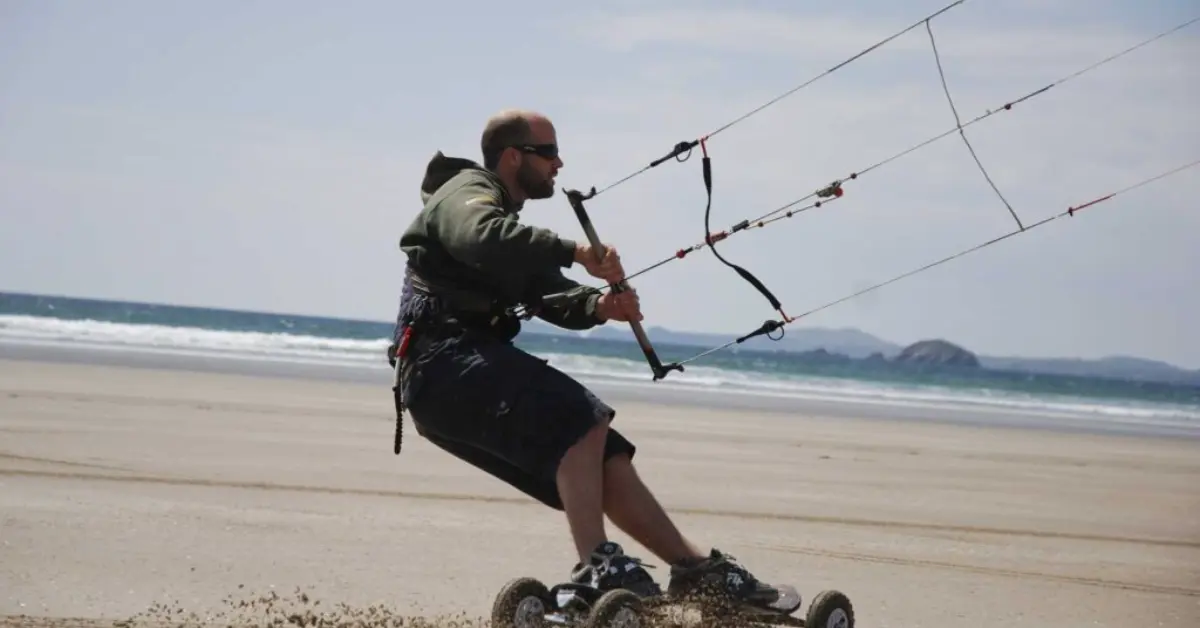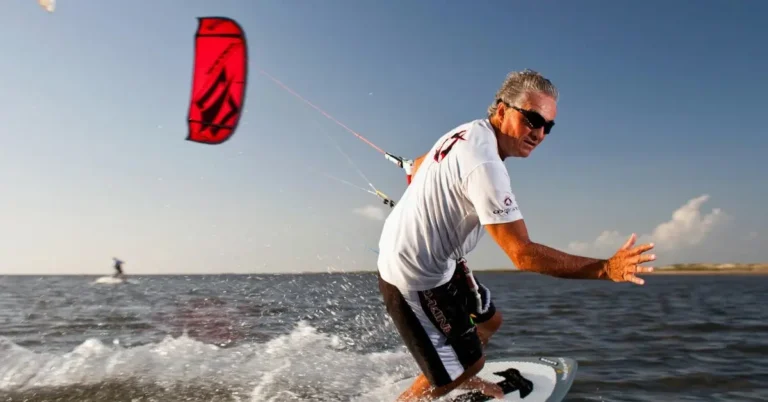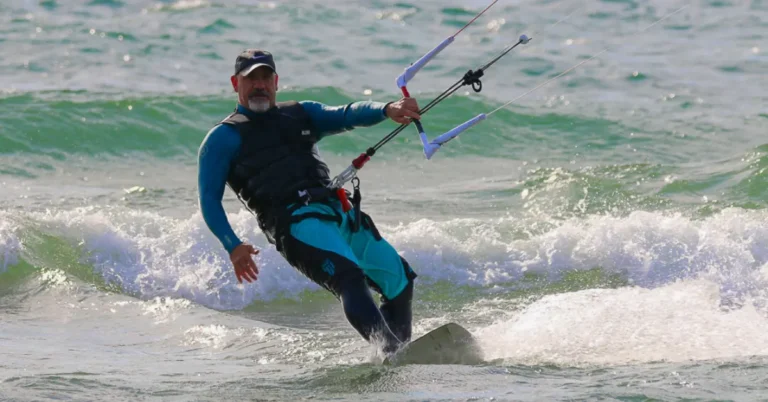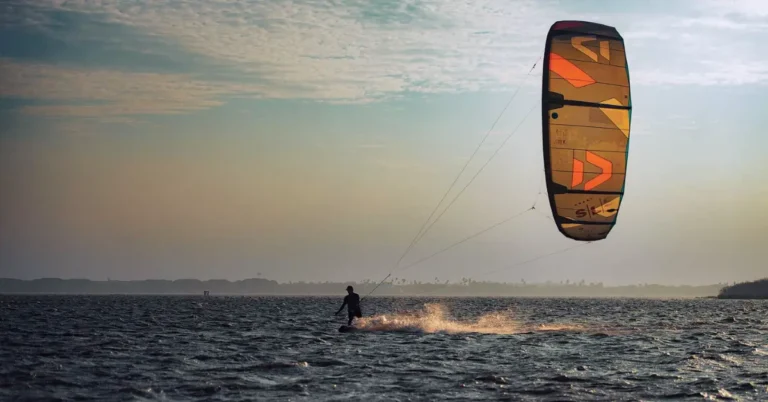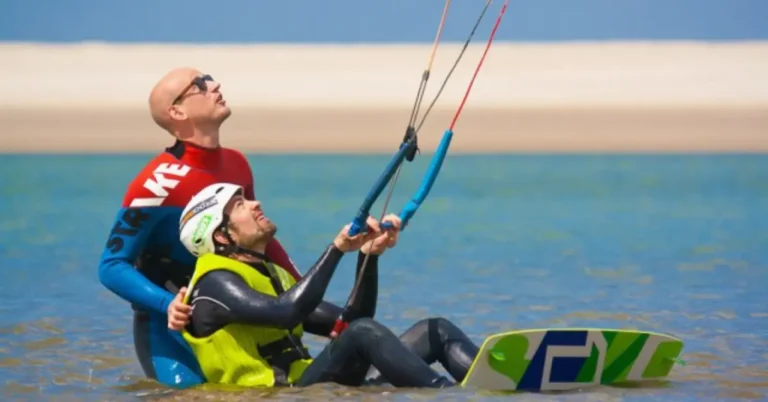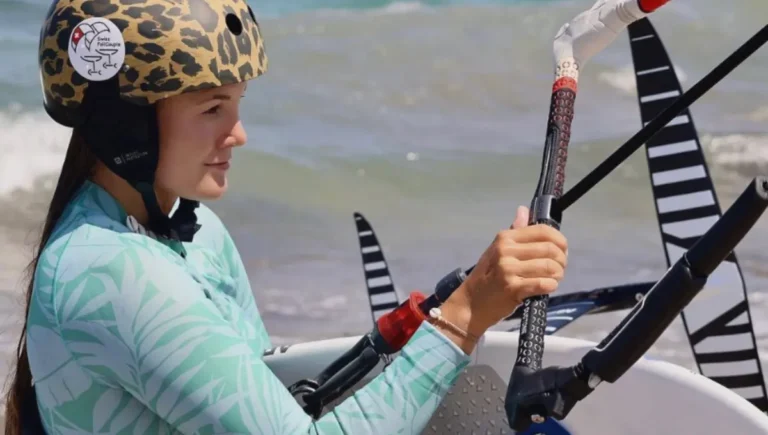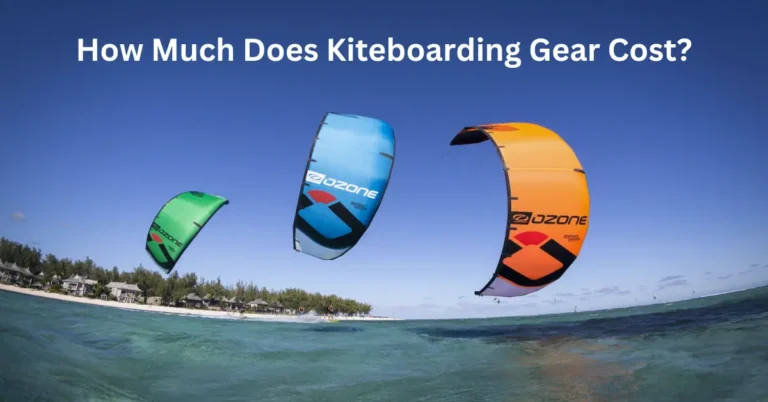Understanding Wind Directions For Kiteboarding
To understand kiteboarding with wind, it’s crucial to grasp wind direction and its descriptions. This helps read wind forecasts and choose the suitable beach for ideal conditions. Wind is vital for kiteboarding as it generates speed and power with the kite.
Wind direction is critical in kiteboarding. Knowing how to describe wind accurately is essential for measuring it and selecting safe kite spots. Let’s dive into wind directions, their terminology, and how they influence our choice of kiteboarding locations.
Also Read: How Much Is the Kitesurfing Industry
Describing The Wind Direction
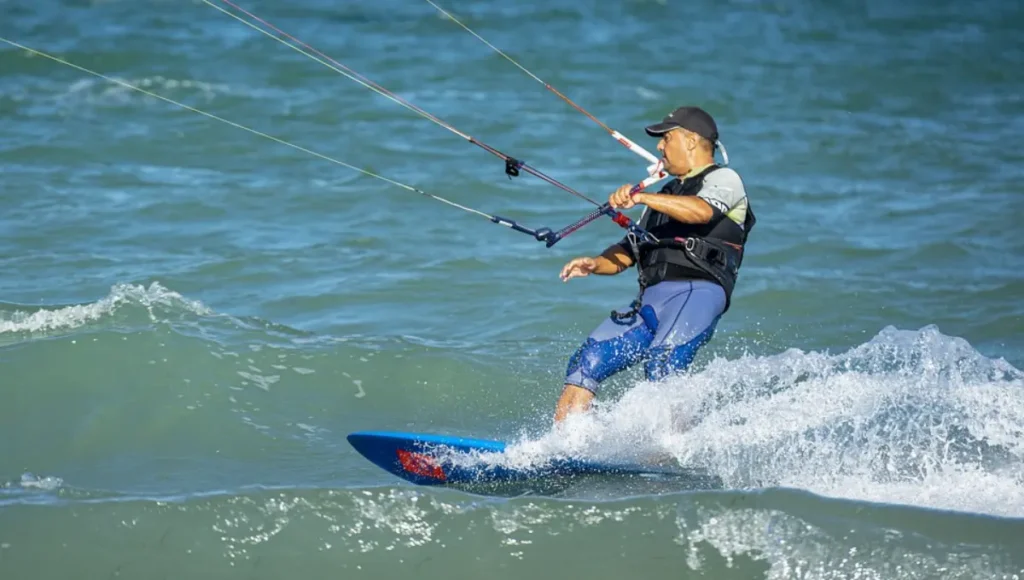
There are two ways to talk about wind direction: where it comes from and its relation to land and sea. When we describe where the wind comes from, we use compass points like North, East, South, West, and everything in between. For instance, a wind blowing from the southwest is called a south-westerly wind. Another way to describe wind direction is how it moves over land and sea.
When wind blows from the ocean toward the land, it’s called an onshore wind. If it blows from the land out to sea, it’s called an offshore wind. There’s also cross-shore wind, which blows parallel to the coastline, and we call the midpoints between onshore and offshore wind cross-onshore and cross-offshore. Each wind direction has its advantages and disadvantages, which we’ll discuss below.
Onshore
Cross-onshore wind is the ideal direction for kiteboarding. It blows onto the land at a 45-degree angle, making it easy for riders to return to shore if they can’t launch their kite or if the wind weakens.
This type of wind provides smooth, consistent airflow with minimal turbulence, which is perfect for kitesurfing. The cross-onshore wind is great for all skill levels because it’s easy for riders to move away from the beach and enjoy their ride.
Cross-shore (AKA Side-shore)
Cross-shore winds, also called side-shore winds, blow parallel to the land and sea. They’re generally safe for most spots, but it’s wise to kite closer to the shore, especially on peninsulas.
If your kite drops, try relaunching it with the kite on the land side of the wind window so it pulls you closer to land. If the wind weakens and you can’t ride upwind, you can still ride back to land but may need to walk upwind to your starting point.
Cross-offshore
Cross-offshore winds are risky like offshore winds. If something goes wrong, such as a failed relaunch or equipment trouble, riders will need help getting back to shore.
The cross-offshore wind is choppier and gustier than onshore or cross-onshore wind because it goes over obstacles on land—skilled wave riders like it for strapless kitesurfing. Always have a boat or jet ski backup for safety when riding cross-offshore winds.
Offshore
Offshore winds pose the highest risk for kiteboarders because they blow directly from the land out to sea. If you drop your kite and can’t relaunch it or if the wind weakens, you’ll drift farther from shore. Having boat support at any offshore kite spot for rescue is crucial.
Riders at offshore locations should be skilled in riding upwind and know how to perform a deep water pack down for boat rescue. Only kiteboard offshore with proper boat support.
Choosing The Spot With The Best Wind Directions For Kiteboarding
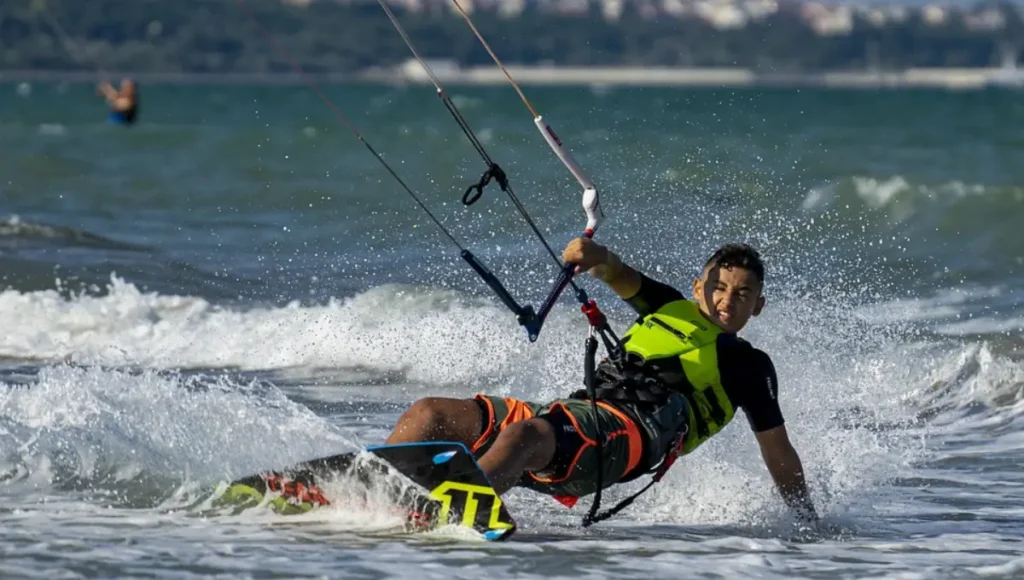
Understanding wind directions helps us choose the best spot for kiteboarding. Cross-onshore winds are safest and ideal for most kiteboarding. Look for a beach where the wind blows at a 45-degree angle toward the shore.
A south-facing beach is suitable for kiting with southwesterly, southeastern, or southeasterly winds. Be cautious of changing wind directions, especially if shifting to offshore conditions. If the wind direction changes, come off the water and observe the changes for safety.
Describing Your Position About Other People, Objects, And The Wind
Understanding wind directions also involves describing the position of people or objects relative to the wind. We use terms like upwind, downwind, and crosswind.
For instance, if the wind is at your back and there’s a palm tree 30 meters ahead, you’d say the tree is 30 meters downwind or 30 meters upwind of the tree. If the tree is to your side, it’s a crosswind of you, and vice versa.
Knowing these directions helps us stay safe by keeping a safe distance from hazards and adhering to rights of way when riding around other kiters and water users.
Can you kitesurf any direction?
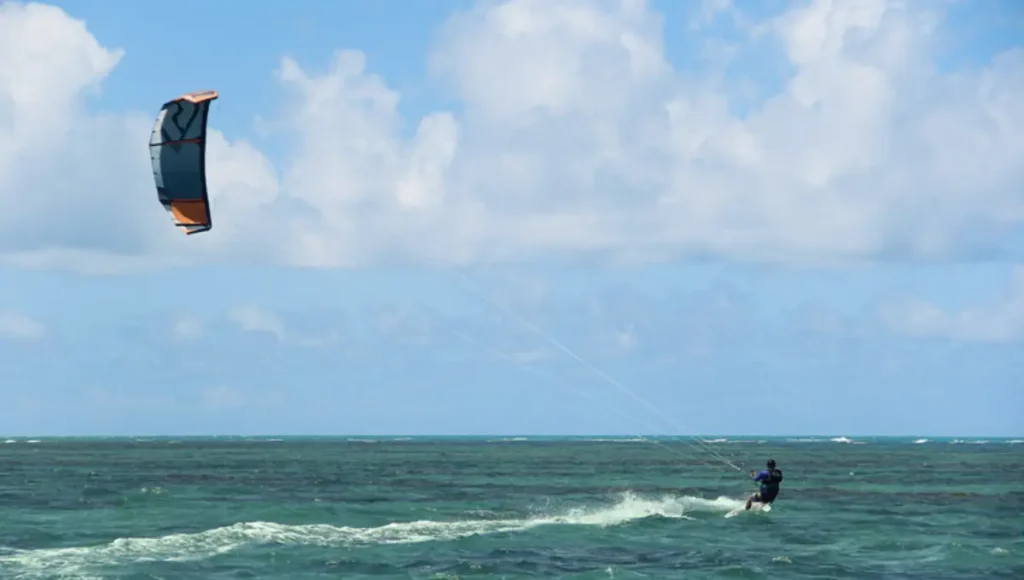
You can ride in various directions in kiteboarding depending on the wind conditions and your skill level. However, some directions are more suitable and safer than others.
For example, riding with the wind blowing directly toward the shore (onshore or cross-onshore wind) is generally considered safer because it allows a more straightforward return to shore if needed. Riding away from the beach (offshore wind) is riskier as it can carry you farther out to sea, making it harder to return to land in emergencies.
So, while you can technically kitesurf in any direction, it’s essential to consider the wind direction and choose the safest option based on your skill level and the conditions of the spot you’re kiting at.
Why do kiteboarding companies and enthusiasts monitor wind direction?
Kiteboarding companies and enthusiasts monitor wind direction for several reasons:
Frequently Asked Questions
Conclusion
The cross-onshore wind is the easiest for kiteboarding. Onshore and cross-onshore winds are smoother and safer because they blow toward the shore, making it easier to return if needed. Offshore and cross-offshore winds are gusty and require boat support due to their riskiness.
Wind direction is described by stating where it comes from, like a Southerly wind blowing from South to North. Describing our position about others is done in terms of upwind, downwind, or crosswind to the wind direction.
